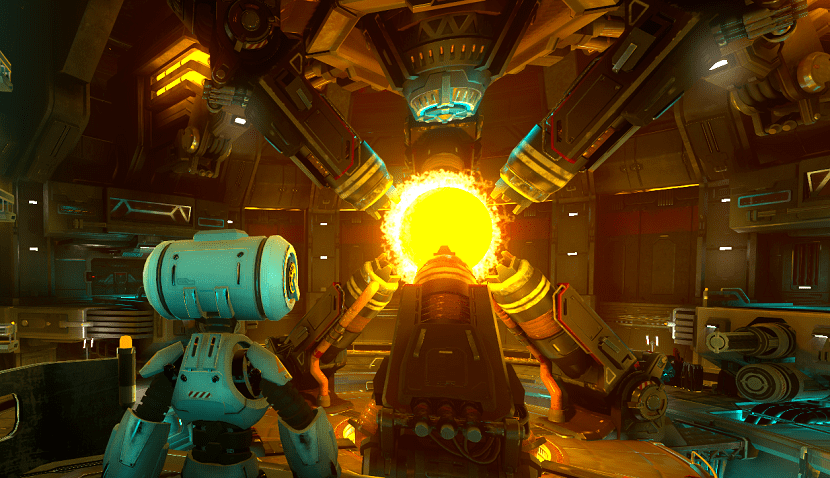
Godot is a multiplatform 2D and 3D video game engine, open source released under the MIT License and developed by the Godot community.
The engine works on Windows, OS X, Linux and BSD, it also allows the export of video games created from Windows, OS X and Linux, mobile phones (Android, iOS), and HTML5.
Video games in Godot are coded in the C # programming language, or in the GDScript language.
GDScript, is a high-level programming language, very similar to Python which was created especially for Godot, so it adds functionality and optimization. But it may not be suitable for all uses:
- Code autocompletion is not always possible
- Restrictions are limited by the interpreter
- Does not report all errors in compilation (or writing)
- The code is less readable and difficult to refactor.
Godot has an advanced, independent, and complete 2D engine, there is no need to fake 2D in 3D space.
Engine mount includes lights, shadows, shaders, GUIs, sprites, tile sets, parallax scrolling, polygons, animations, physics, particles and more. It is also possible to mix 2D with 3D or 3D with 2D using the viewport node.
Godot contains a sophisticated and one of the best animation systems, with support for editing, skeleton animation, blending, animation trees, morphing, realtime cutscenes, calling functions and just animating any property exported by any node.
Godot also has its own physics engine for both 2D and 3D, with collision detection, rigid body, static body, characters, vehicles, raycasts, junctions, and many more.
Main new features of Godot 3.1
A new version of the Godot open source game engine was recently released which has reached version 3.1, in which This new version really has an interesting series of changes, improvements and additions.
New motor
With this new release of Godot 3.1, this received a new OpenGL ES 2.0 rendering engine.
While the update to version 3.0 replaced the OpenGL ES 2.0 rendering engine in the 2.X branch of the engine with an OpenGL 3.3 / OpenGL ES 3.0 rendering engine.
However, the team had to backtrack on this choice and re-implement an OpenGL ES 2.0 rendering engine to maintain good performance on older mobiles, increase target platforms and avoid multiple errors on mobile devices.
However, while this new rendering engine is complete for 2D, 3D viewing has been simplified.
For example, the color space is all in sRGB (and not linear space like the OpenGL ES 3.0 rendering engine).
PBR-based rendering is not supported. Some shader features will not work (limitations due to earlier versions of OpenGL).
The same is true for some post-treatment effects. Global illumination probes will not work, no GPU will handle particles.
Although in the future it is expected that there will be a new Vulkan rendering engine, which will make the OpenGL ES 3.0 rendering engine obsolete. The work should focus on the 3D rendering. In conclusion of the work Godot 4.0 will come out, in a year normally.
GDScript enhancements
On the other hand GDScript received some improvements, as typing is just a feature of the parser and will allow Godot to send warning messages to the user which hopefully will improve machine-specific instructions to increase performance.
other developments
Also, a version 3.2 is planned for the next few months. The latter should provide: instructions written in the scripts, support for the FBX (either via Assimp or via OpenFBX), an improved workflow for Android and iOS, including adding specific SDKs for mobile devices (such as AdMob), bringing the editor to a web browser, and improving network management for support modern protocols and dedicated servers.
Obviously, version 3.1 has patches to improve stability and fix last minute bugs.
Godot is available for download at this page for Windows, Mac OS and Linux. You can also find it at Steam y itch.io.